E-bikes are becoming increasingly popular for commuting, recreation, and eco-friendly transportation. However, the industry is facing new challenges that could impact the price of e-bikes and their long-term affordability.

One of the biggest challenges? Ebike tariff increase.
In 2024, the U.S. re-imposed a 25% tariff on e-bikes imported from certain regions, particularly China. But now, with talks of an additional 10% tariff hike, the future of cost-effective e-bikes seems uncertain.
For budget-conscious consumers, the question isn't just about the upfront cost anymore. It’s about the balance between affordability, durability, and performance.
This blog dives into these issues, focusing on how consumers can still make the most of their electric bike investment.
Overview of the Tariff Policy and Its Impact on the E-Bike Industry
Tariffs are taxes imposed by governments on imported goods, designed to protect domestic industries and to raise government revenue. Unfortunately, e-bikes are now caught in this economic crossfire.
In 2018, a 25% tariff was placed on e-bikes from China as part of a trade war between the U.S. and China. This made things tough for the e-bike industry. For a while, there was a break, a temporary exemption lifted the tariff and gave manufacturers and consumers some relief.
But, on 14th June 2024, that exemption for e-bikes in the U.S. Trade Representative (USTR)’s Section 301 tariffs list ended, and the 25% tariff is back. Now, not only e-bikes but also key parts like motors, batteries, and frames are taxed again when imported from certain countries, especially China.
But it might get worse. After the 2024 U.S. Presidential Election, there’s talk of even more tariffs. One proposal suggests a 10% tax on all foreign goods, while another suggests a huge 60% tariff on goods from China. If this happens, the impact on quality electric bikes will be big.
Here’s how:
|
Tariff Increase (%) |
|||
|
The Initial Price (Bicycle) |
10% |
25% |
60% |
|
$1,000.0 |
$1,040.00 |
$1,100.00 |
$1,240.00 |
|
$2,000.0 |
$2,080.00 |
$2,200.00 |
$2,480.00 |
|
$3,000.00 |
$3,120.00 |
$3,300.00 |
$3,720.00 |
|
Projected E-Bike Price Increase %: |
4.00% |
10.00% |
24.00% |
At a 25% tariff rate, manufacturers, and distributors were already struggling to keep prices competitive. Add a 10% hike to that, and costs will rise significantly. This makes it harder for companies to maintain their margins without passing the expense on to consumers.
Here’s how this impacts the e-bike market:
Manufacturers Face Tough Choices
For manufacturers based in countries subject to high tariffs, exporting e-bikes has become increasingly challenging and less profitable. The additional ebike tariff 2024 costs leave manufacturers with two difficult options:
- Raising Prices: Manufacturers may increase their prices to offset the additional costs. However, this can lead to losing market share, as consumers may turn to alternative transportation options or brands with lower prices.
- Absorbing Costs: If manufacturers choose to absorb the tariff costs, their profit margins will take a substantial hit. This can limit their ability to invest in research, development, and innovation.
Retailers Caught in the Middle
Retailers, too, are feeling the impact. As they source imported e-bikes, the increased costs from tariffs trickle down to them, forcing tough decisions:
- Passing Costs to Consumers: Retailers may need to increase prices for e-bikes to maintain their profit margins. However, higher prices can reduce consumer demand, particularly for budget-conscious buyers who rely on e-bikes as an affordable alternative to cars.
- Absorbing Costs: To keep prices competitive, some retailers might absorb a portion of the tariff costs. While this approach can help maintain sales, it eats into their profit margins, making their operations less sustainable in the long run.
This balancing act between managing costs and meeting consumer expectations puts retailers in a challenging position. Many fear losing their edge in a competitive market where price sensitivity plays a significant role in purchasing decisions.
Who Will Bear the Cost of Increased Tariffs?
The short answer? Everyone.
The rise in e-bike tariffs creates a ripple effect that impacts every level of the industry, from manufacturers to retailers and, ultimately, to consumers.
For manufacturers, absorbing the additional cost isn’t sustainable. They’ll likely pass the burden on to retailers, who, in turn, will raise prices for customers. This creates a ripple effect across the industry.
Consumers who once relied on affordable ebike as a budget-friendly option may find themselves priced out of the market. That’s particularly concerning because many people choose e-bikes as a cost-effective alternative to driving.
However, not all is lost.
Companies like HAOQI are stepping up to mitigate these challenges (more on this later). Additionally, there are ways for the industry and consumers to navigate these turbulent times effectively.
How the E-Bike Industry Can Respond to the Tariff Crisis
While tariffs pose significant challenges, there are some proactive steps that the e-bike industry can take to adapt and thrive. Here are a few strategies that can help mitigate the impact of tariffs while maintaining competitiveness and consumer trust.
-
Diversifying Supply Chains:
Relying on a single source country for manufacturing or materials makes businesses vulnerable to tariffs imposed on that region. Diversifying supply chains and partnering with manufacturers in multiple countries or sourcing materials from regions with more favorable trade agreements can help spread the risk and stabilize costs.
Establish Manufacturing in Tariff-Friendly Regions:
While this involves upfront investment, it can provide long-term savings by reducing exposure to high tariff rates. Partnering with local manufacturers in these regions is another way to bypass tariffs while streamlining production and maintaining competitive pricing.
Adjust Pricing Strategically:
To offset the added costs of tariffs, businesses can factor these increases into their pricing strategies. This doesn’t always mean a direct price hike. Instead, companies can implement tiered pricing, offering models with various features to cater to different budgets. Promotions, discounts, or limited-time deals can also help ease the financial burden for consumers while maintaining demand.
For now, these measures can help the industry cope with the storm. But what about consumers?
Advice for Consumers: Why Now Is the Best Time to Buy an E-Bike
If you’re on the edge about buying an e-bike, now might be the best time to take the plunge. Here’s why:
- Current Prices Are Lower Than Future Rates: With the tariff increase looming, e-bike prices will likely climb in the coming months. Buying now ensures you lock in a more affordable deal.
- E-Bike Incentives: Many regions offer tax credits, rebates, or incentives for purchasing e-bikes. These programs can offset the cost significantly.
- Long-Term Savings: Even with a higher upfront cost, e-bikes save money in the long run. No more gas expenses, parking fees, or costly car maintenance.
- Stock Availability: As tariffs increase, some brands may limit production or reduce stock for affordable models, making them harder to find.
The key is to choose a brand that balances price and quality. That’s where HAOQI comes in.
HAOQI’s Commitment: Quality Remains Within Reach
Despite the challenges posed by rising tariffs, HAOQI is committed to delivering high-quality, affordable e-bikes that meet consumer needs.
What Makes HAOQI Stand Out?
- Durable Design: HAOQI e-bikes are built to last, ensuring you get the most value for your money. Premium materials and expert craftsmanship mean fewer repairs and replacements over time.
- Cost-Effective Models: Even with tariffs, HAOQI focuses on keeping prices competitive without sacrificing performance.
- Feature-Packed Options: From long-range batteries to powerful motors, HAOQI e-bikes come equipped with advanced features, making them a smart investment for commuters and adventurers alike.
- Customer Support: HAOQI’s commitment doesn’t end after the purchase. Our team offers exceptional customer service, ensuring you are supported throughout your e-bike journey.
By prioritizing durability and affordability, HAOQI proves that rising tariffs don’t have to mean compromising on quality.
For more details on their latest models and offers, check out HAOQI’s website.
Concluding
The e-bike industry is navigating a challenging moment, with tariffs threatening to reshape the market. While these increases may raise prices, they don’t diminish the long-term value and sustainability of e-bikes.
For consumers, the key takeaway is simple: act now. By purchasing an e-bike before the tariffs rise further, you can secure a cost-effective mode of transportation that will save you money over time.
Brands like HAOQI are proving that affordability and quality can coexist, even in turbulent times. Explore HAOQI’s range of e-bikes today and take the first step toward a greener, more affordable future.


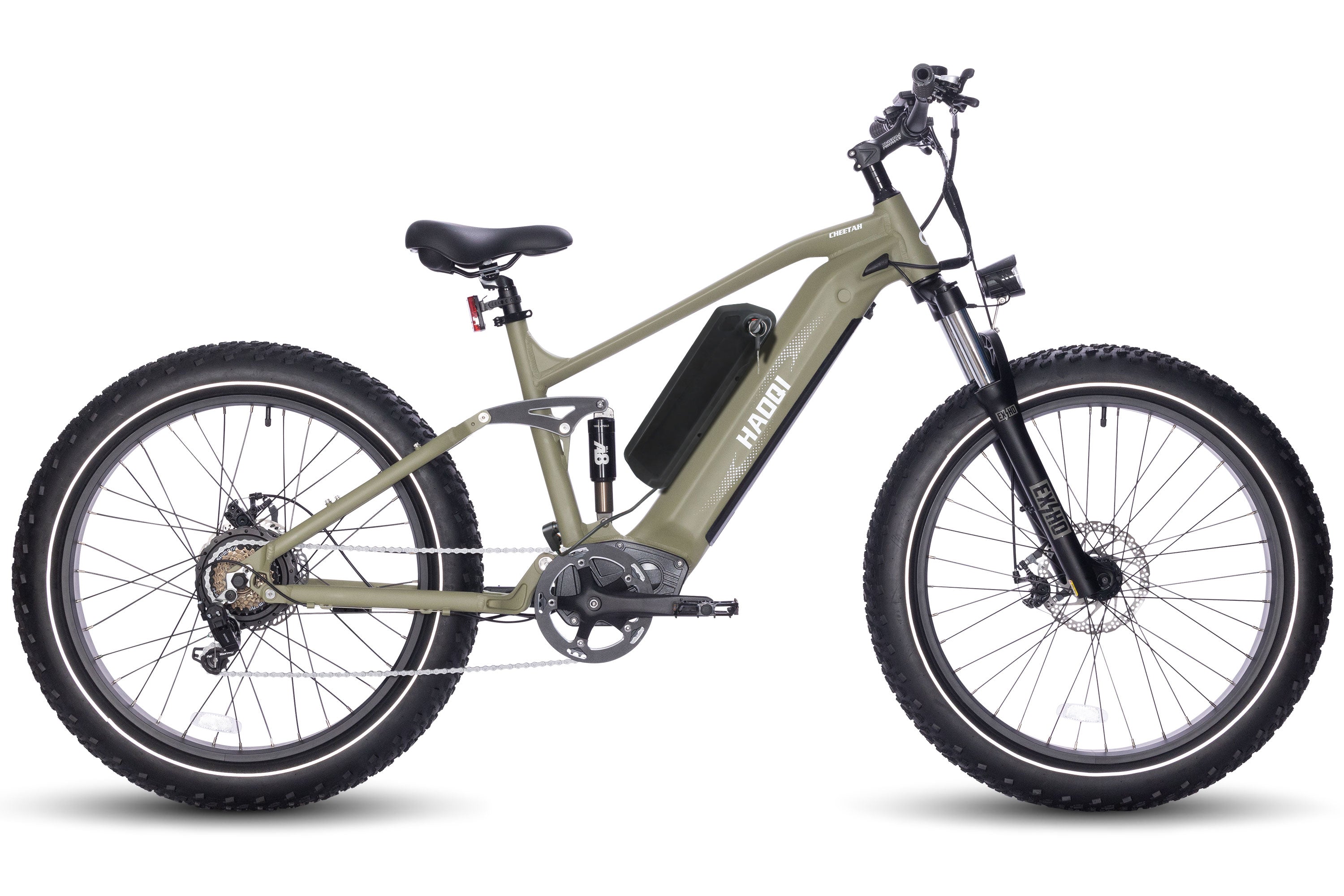

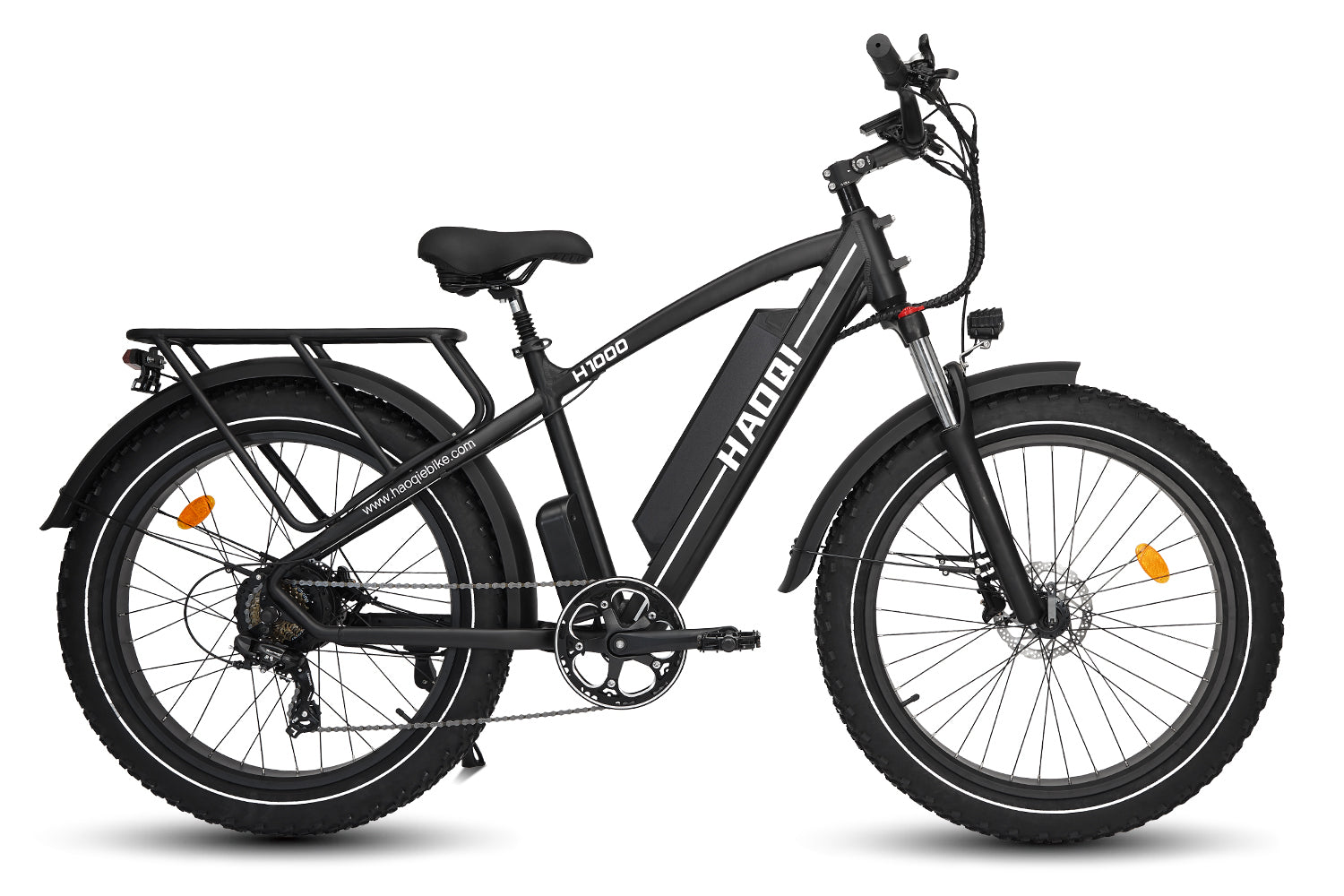
![HAOQI Antelope 500W Cargo Electric Bike (UL Certified) [electric bike] [HAOQI ebike]](http://haoqiebike.com/cdn/shop/products/haoqi-antelope-cargo-electric-bike-with-dual-battery-haoqiebike-com-1.jpg?v=1753954498&width=1500)
![HAOQI Squirrel Folding Electric Bike (UL Certified) [electric bike] [HAOQI ebike]](http://haoqiebike.com/cdn/shop/files/1_03c67b67-715e-4617-a648-51f108ceb425.jpg?v=1766473332&width=1500)
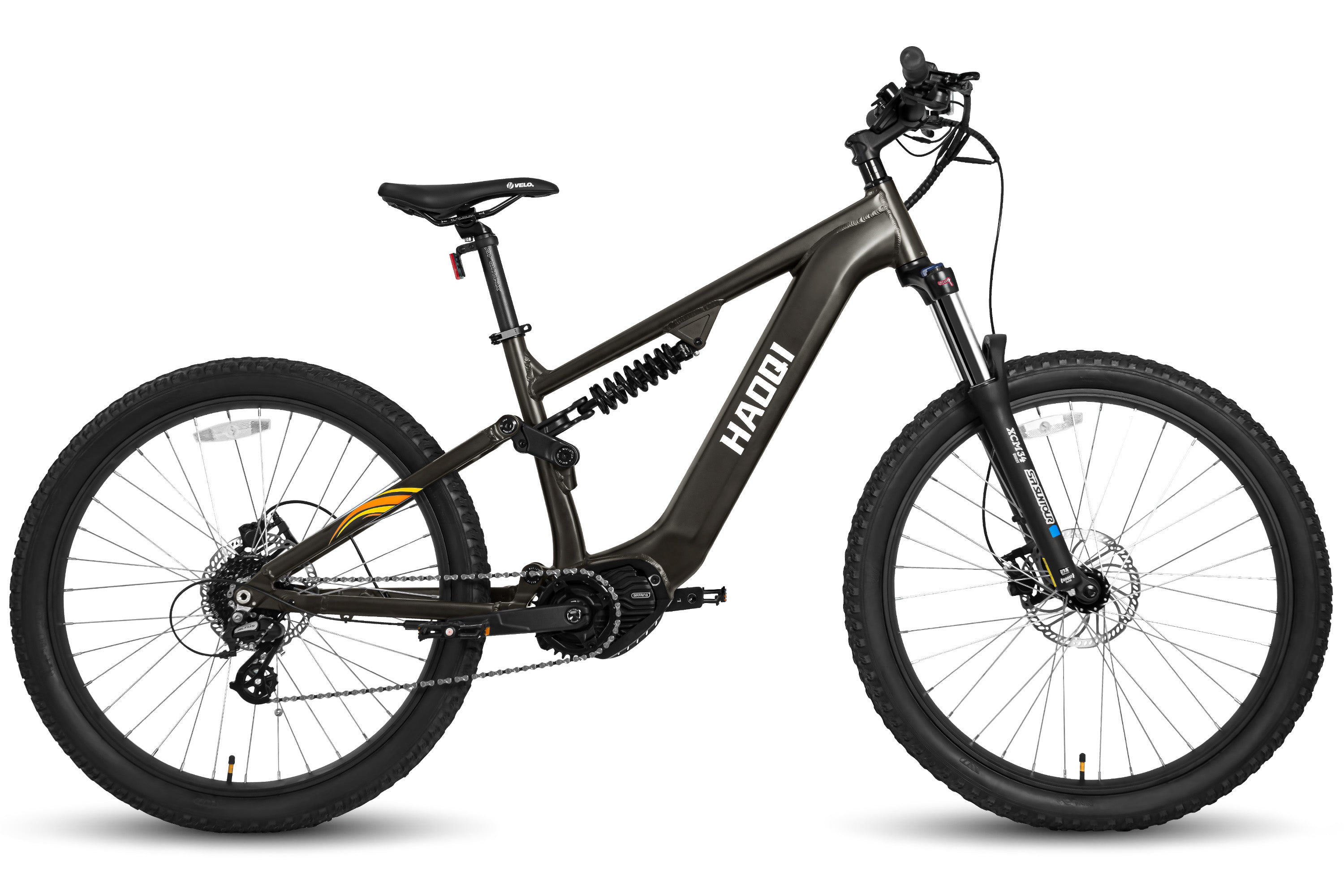
![HAOQI Eagle Long Range Electric Bicycle (UL Certified) [electric bike] [HAOQI ebike]](http://haoqiebike.com/cdn/shop/files/2_bf7ae46b-aad6-472a-9c14-d56ca3f0feb6.jpg?v=1755142722&width=1500)
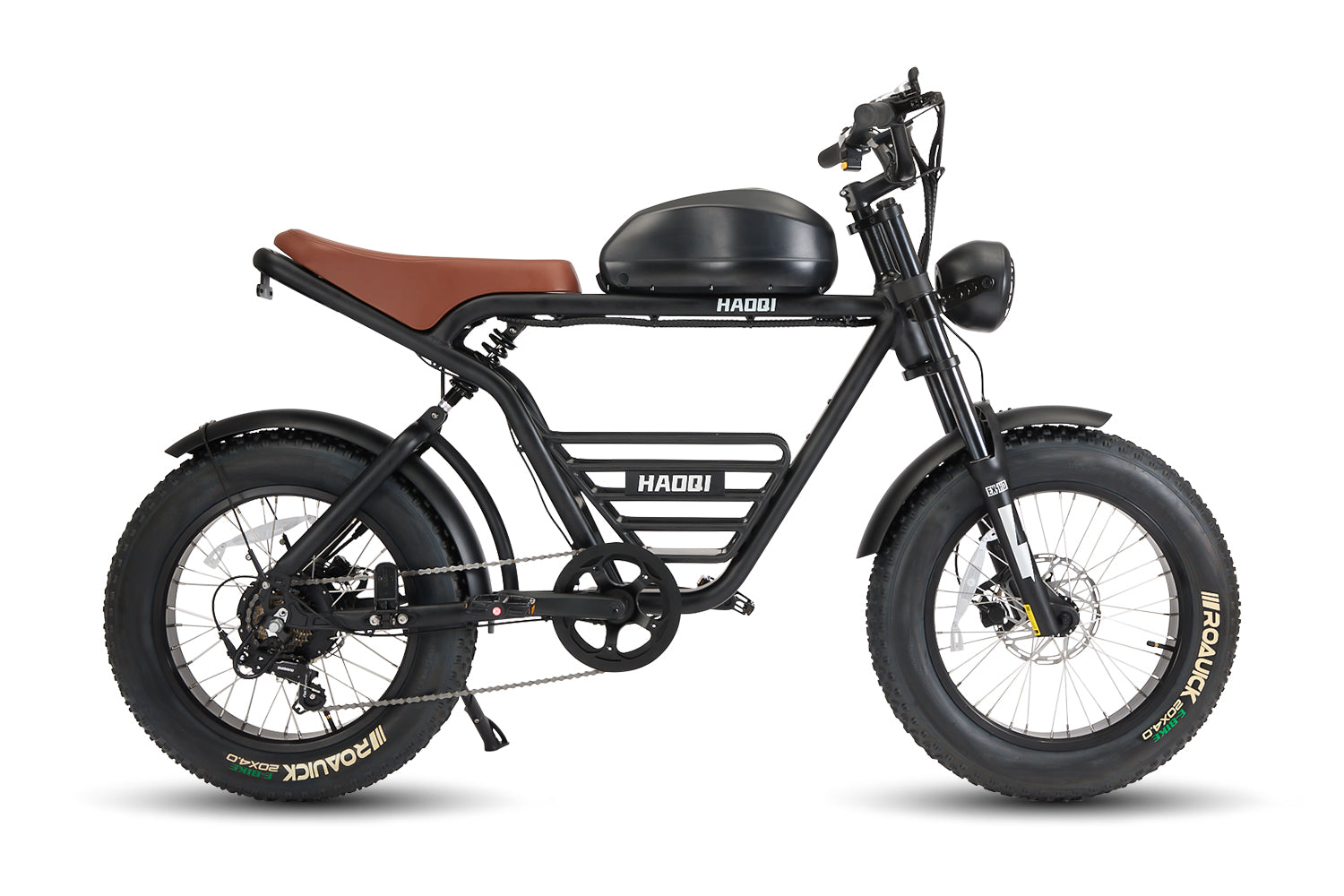
![HAOQI Antelope Pro 750W Cargo Electric Bike (UL Certified) [electric bike] [HAOQI ebike]](http://haoqiebike.com/cdn/shop/products/haoqi-antelope-pro-cargo-electric-bike-with-dual-battery-750w-haoqiebike-com-1.jpg?v=1751610204&width=1500)
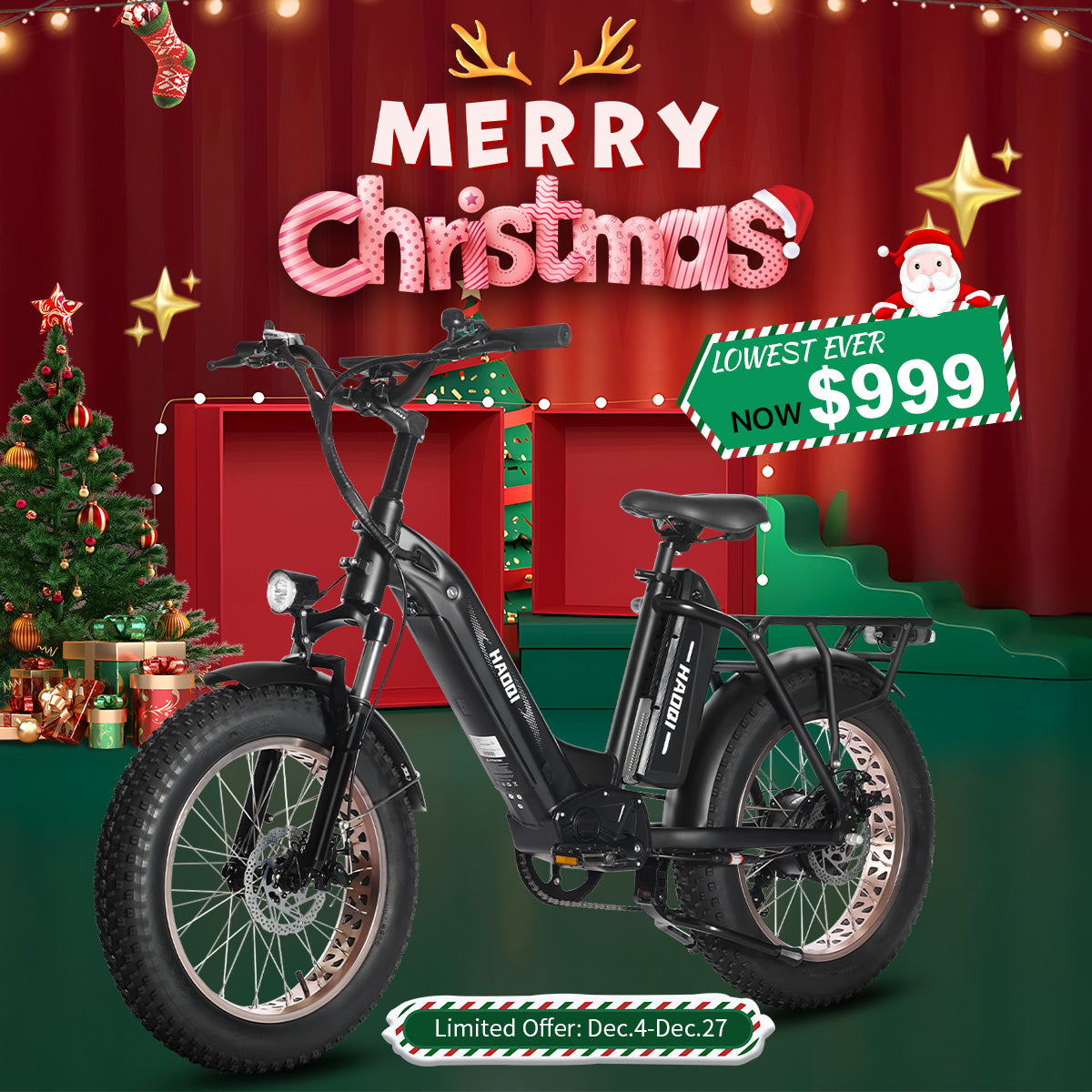
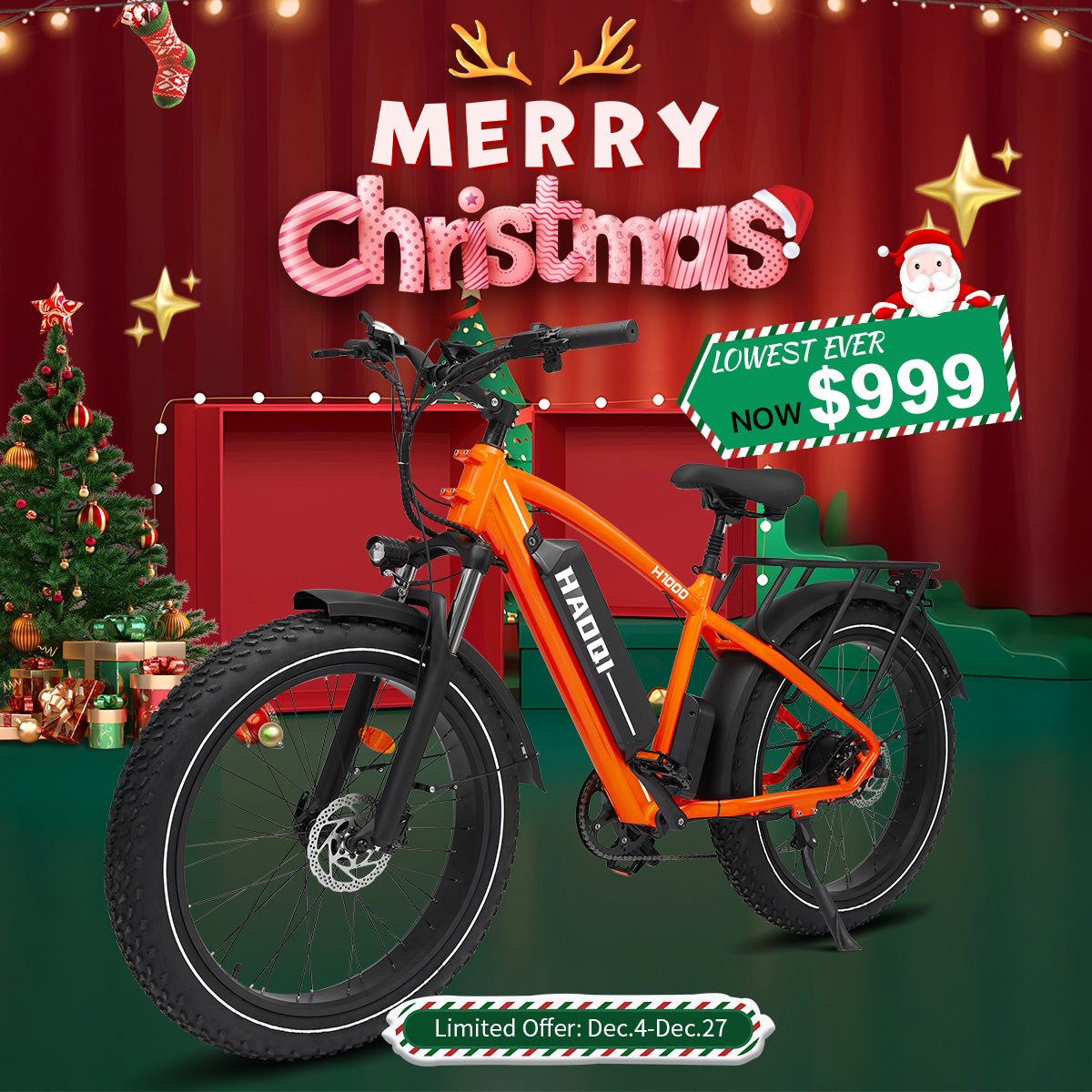
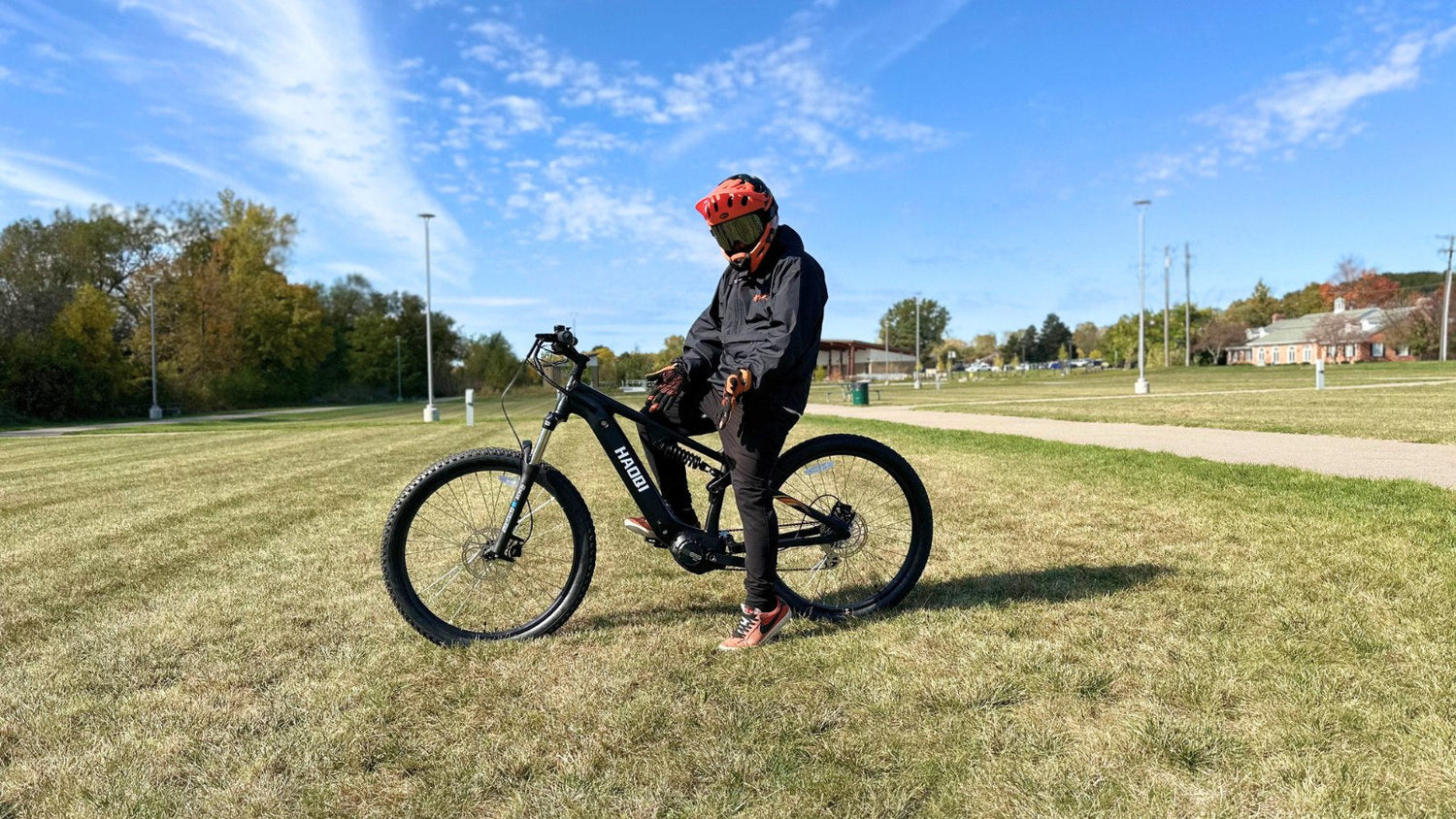
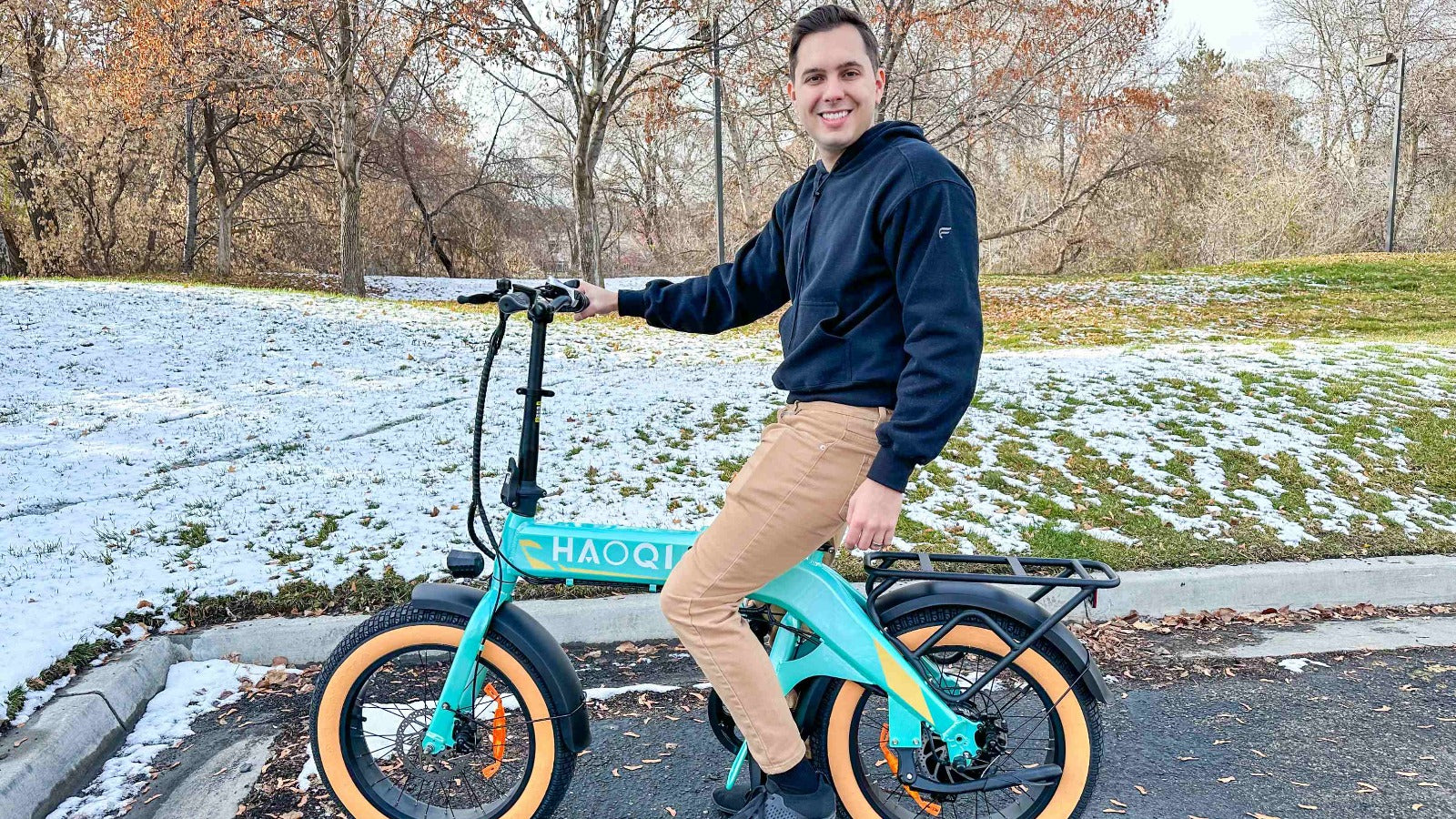





Leave a comment
All comments are moderated before being published.
This site is protected by hCaptcha and the hCaptcha Privacy Policy and Terms of Service apply.